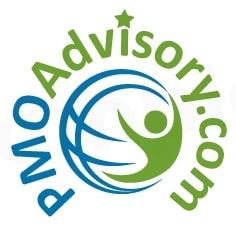Evaluate business schools like a business. Business schools and school of all kinds ought to run like a business. No, this does not mean profit motivations override all other considerations. But, yes, schools need to have the same competitive and value-driven mindset as companies. Here, rankings are nearly universally incomplete and often misleading but that’s the problem of boiling any set of complex factors into a single score. So the challenge is how to best compete, what are the differentiators, how to achieve economy of scale and scope, and how to build a sustainable strategy and execution engine that can bring all these brilliant ideas into reality. -Te Wu’s Comments on the below article by Jess S. Boronico.
Jess S. Boronico, PhD | New York Institute of Technology for HNGNews.com writes: The Brookings Institution just released a major study evaluating thousands of American colleges.
To analyze the “value” students can expect, researchers looked at post-graduation salaries, rates of student-loan repayment, the quality of career services, and the like.
Top-ranked schools include high-profile institutions like MIT and under-the-radar ones like Carleton College in Minnesota.
These metrics are commonly studied when people talk about the “impact” of higher education.
But they paint an incomplete picture. Schools must also be measured by their impact on society.
Major corporations routinely track, quantify, and publicize their impact on society. But America’s schools largely do not, leaving prospective students in the dark about the quality of programs.
This must change.
And management programs are uniquely qualified to take the lead, since schools need to start acting like businesses — and measure their social impact — to prove their value to students and society.
Private-sector companies have monitored and touted their social impact for years. Goldman Sachs, for instance, pioneered “social impact” bonds to help local governments fund education and public works projects.
One such bond is helping finance pre-kindergarten programs for 2,600 at risk children in Chicago’s public schools. SNIP, the article continues @ HNGNews.com, click here to continue reading…..
